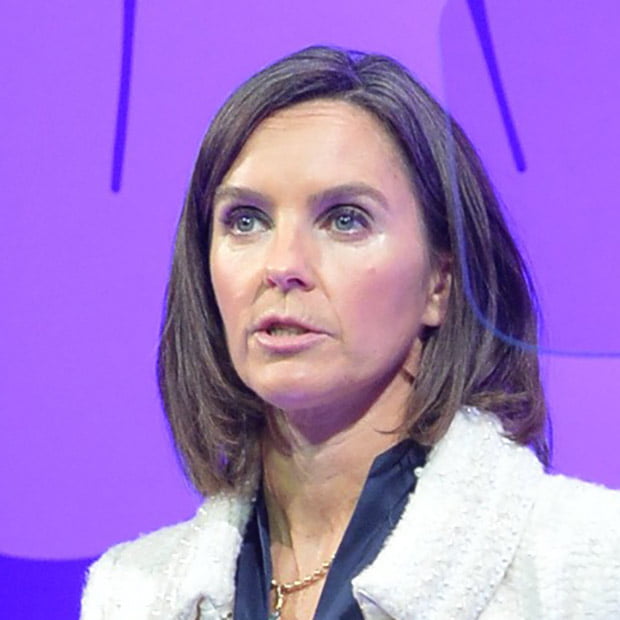Channel closures, job cuts, London HQ relocation part of C4’s digital-first strategy
Channel 4 (C4) in the UK has unveiled ambitious plans to become a digital-first public service streamer by the year 2030 – with job cuts, the closure of underperforming channels and downsizing of its London staff and headquarters on the cards soon.
The five-year strategy, called Fast Forward, aims to reshape the organisation and accelerate its transformation away from traditional broadcasting to a more contemporary digital model.
The announcement comes at a crucial juncture for the embattled commercially funded pubcaster.
Yesterday, it emerged that C4 is preparing to announce its deepest ever job cuts, with as many as 250 staff set to be let go as it grapples with the impact of an advertising downturn.
The number exceeds the 200 roles C4 had reportedly been expected to axe as part of the round of job cuts it told staff to prepare for earlier this month and would represent about 15% of broadcaster’s full-time workforce.
C4 scaled back commissioning significantly over the summer of 2023 in response to the challenging ad market and the macroeconomic downturn in 2022 into last year.
In 2020, C4 launched its Future4 strategy to shift its focus from traditional broadcasting to digital.
Subsequently, digital revenues accounted for 27% of total revenues at the broadcaster last year. C4 aims to increase this to 30% in 2024 and pass 50% by 2030.
The pubcaster also claims to have expanded non-advertising revenue to represent 10% of total revenues. Streaming viewing time, meanwhile, grew by 24% in 2023.
Now, the Fast Forward strategy looks to build on this momentum and financially support C4 into the 2030s.
C4 executives claim the plan will ensure the organisation’s long-term sustainability by focusing investment into streaming-friendly British content and social media.
It says Fast Forward has three strategic pillars: digital growth and transformation, diversifying new businesses, and re-engineering the business for a digital-first world.
In addition to the mentioned job cuts, C4 plans to reduce its London staff headcount by moving 600 roles outside of the capital by 2025. It then plans to move to a smaller office space in central London.
C4 is also proposing to close linear channels that no longer deliver significant revenues – including the Box channels in 2024 and “others at the right time.”
The UK government’s soon-to-be-enacted Media Bill now allows C4 the freedom to make and own its own content for the first time to help it expand its revenues beyond purely advertising.
As a result of this opportunity, the Fast Forward strategy will explore the potential of IP ownership for C4, including the potential to own and monetise its own shows.
This could set alarm bells ringing within the UK’s independent production sector that has produced C4’s original programming ever since it was founded in 1982.
C4 has previously said it has been working with the Department for Culture, Media & Sport to ensure that any form of in-house production would enhance the value of its public-service role and mitigate negative impacts on the independent production sector.
Other cost-cutting measures being investigated include changes to C4’s commissioning teams towards a more streaming-focused remit, and a “ruthless focus” on show greenlights, concentrating on “fewer, stronger, new titles that generate more scale and impact.”
Alex Mahon, CEO of Channel 4, said: “Channel 4 was designed to be ahead of the curve and has never stood still.
“While getting ourselves into the right shape for the future is without doubt the right action to take, it does involve making difficult decisions.
“I am very sad that some of our excellent colleagues will lose their jobs because of the changes ahead. But the reality of the rapid downshift in the UK economy and advertising market demand that we must change structurally.
“In preparing for a new digital-first future, I hope we can make Channel 4 simpler – for staff and our suppliers – and create a more efficient, inclusive and high performing organisation.”






































